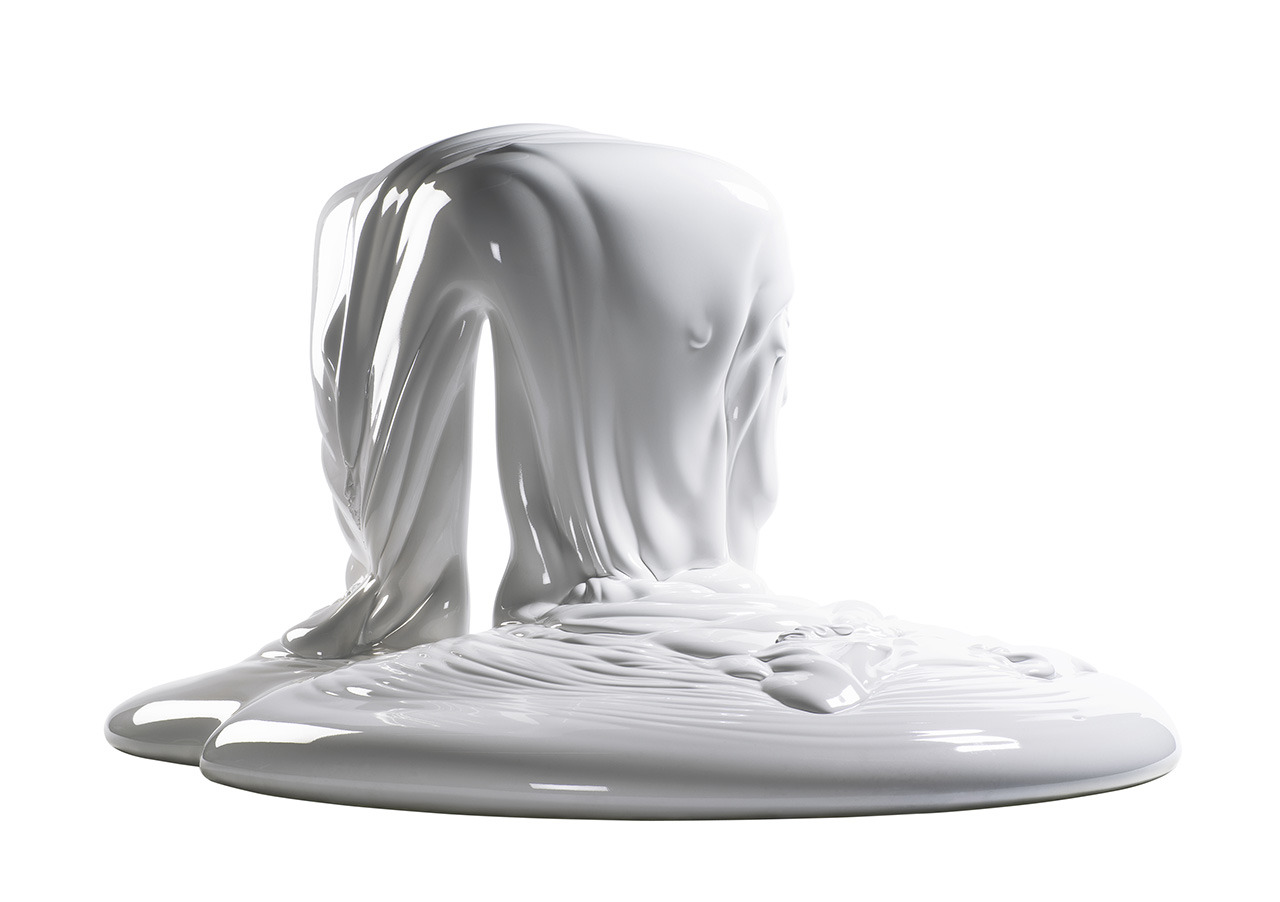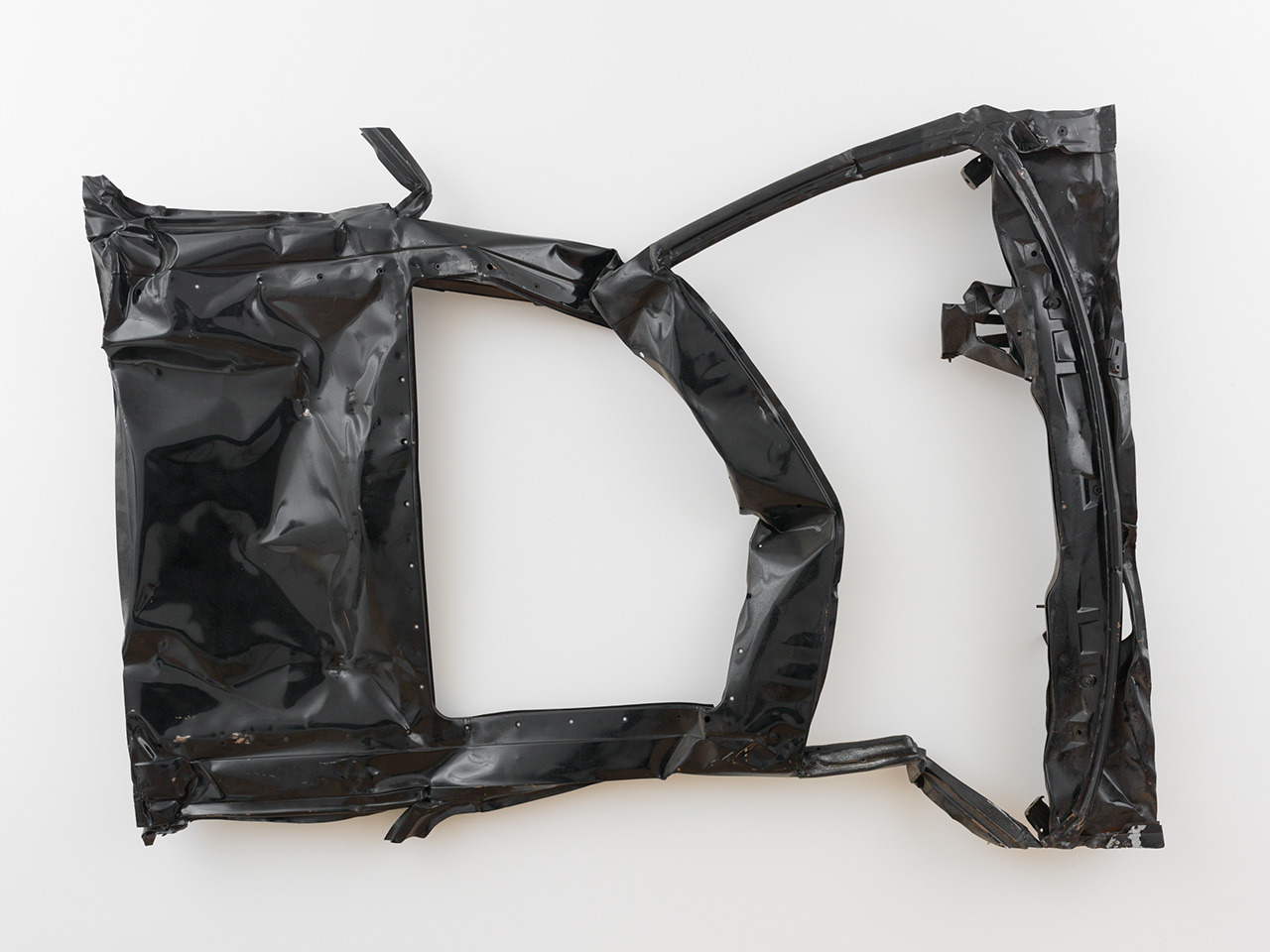Compression Plexi Rose et BlancheThis article originally appeared on CRFashionbook.com.The history of art is littered with artists who positively shocked during their lifetime—and some still do, like Bosch with his earthly delights and Balthus with his cats and girls. But mostly, whomever shattered the public’s reality, or at least ways of seeing, now is seen as mundane at worst or pivotal at best. César Baldiccini, the Marseillais sculpture of Italian stock, off the dock from Tuscany, mostly known as César, somehow has bore the brunt of both those extremes during his lifetime. As his imprint has faded from public memory, the vagary has only deepened. Alas, with the help of a few French friends, both in New York and Paris, is finally receiving the cortege of recognition that his name commands.Stocky, earthly, and witty, César produced sculptures that played with materials, literally—poured polyester, car siding, Plexiglas—and in turn, became an expression of his complex tastes. In celebration of the 60th anniversary of his inaugural one-man show at Galerie Lucien Durand, in Paris, Luxembourg & Dayan are showing the first US solo retrospective of this cheeky-but-stoic practitioner in half a century. Over three floors of an East 77th street townhouse, in fact just a few doors over from César’s breakout American showing at Saidenberg Gallery (the venerable American dealer of Picasso), does the artist’s experiments with metal, discarded rags, fiberglass, and crystal point a thumb, again quite literally, at the challenges he faced as a sculptor that reflected the world he worked in. (César played with his thumb as a model for an eponymous series, all titled “Pouce,” in plaster, gold, crystal, and bronze, including an 8-foot one outside the L&D gallery from 1993.) The L&D show encompasses César’s work from the 1960s, ’70s and finally the ’80s with a rare two examples that bookend his golden-jubilee career: his first from 1954 (welded iron Torso, a loan from MoMA) and his last from 1998, right before his death, a red Fiat Maria compression—the swan song from his playful experiments with doors from classic Italian automobiles that aligned him with the Nouveaux Realiste circle, which included Yves Klein, Jean Tinguely, Christo and Arman, and naturally had ties to American Pop.Those car compressions first debuted at the 1960 Salon de Mai, and their critical reception was rather akin to when Marcel Duchamp’s Fountain, 1917 was rejected at for the annual Société des Artistes Indépendants exhibition. The jury simply didn’t consider César’s works to be sculpture. The Nouveau Realiste group owes much to the seminal Dadaist, and some scholars even argue that their association with Pop Art is more a chronological similarity than ideological one that echoes the post-WWI anti-materialist movement championing assemblage and ready-mades. César’s work is beamed with Duchampian nodes—just swap the intentional shock value for an eager attempt to manipulate materials, and in so doing, becoming a demonstration of “contemporary” sculpture. The Parisian art scene laughed off César’s efforts as mere mimicry of Duchamp’s defiance, when in truth, he was more concerned in the new shapes and forms created by distorting already existing objects. It was long whispered in Parisian art circles that César’s yearning for master status irked some, and his car compression series fell flat on deaf ears, even preventing the Frenchman from having representation Stateside.Alas, César developed a punctuated oeuvre, working in three main avenues. In addition to “compressions” are “expansions,” of the amorphous blobs of polyurethane, and “prints,” of which belong the Pouces and Sein, a 1966 large-scale bronze breast, molded off a Crazy Horse dancer. The sculpture is now held in the private viewing space of L&D, alongside the only other two 1960s pieces in the show, although the decade is largely considered his most prolific: first joining the Nouveau Realists in 1961, then birthing the aforementioned styles in 1967 and 1964, respectively. Yet, as the L&D show so vividly conveys, César never tired of exploring the different outcomes of his materials when distorted by the same scientific processes. The gallery’s second floor back space has two 1986 car compressions situated next to a 1970 crushed moped and a 1971 motor expansion, with 15 years or so between their production, all bearings a similar gesture; while the front room has three 1972 Plexiglas compressions (wall-hung squares of neon and white ribbon-like folds) juxtaposed with two “expansions,” a 1977 white polyurethane mural, spilling over the ledge its mounted on while a dusty pink 1970 example contained within its “painting”-like shape. On the third floor are his various Pouce experiments, as well as three 1976 fabric compressions—jute, wool and corduroy—that seem held together by their thick top layer of rusty grime (perhaps like rags found in a mechanic’s shop).For an artist who’s career was a flip-flop between fame and infamy, who represented France at the Venice Biennale at the start of his career in 1956 and at the end in 1995, whose works are an integral Paris landmarks (the large Pouce at La Defense, for one), this show is a stealthy reminder that art is a practice. It begins and ends with curiosity, and requires a commitment to tease out new ideas. That César struggled for recognition speaks to how breaking away from tradition and classical form will always be met with skepticism and struggle. With Lanvin in Paris too placing three monumental works in its Faubourg Saint-Honoré store for all of November (Albert Elbaz is a fan), coupled with the sweeping survey and L&D until January 18, it’s safe to say that César, like his artistic forbearers, no longer shocks but feels sound. Expansion N 37/10, 1972
Expansion N 37/10, 1972 Photography Adam Reich Courtesy Luxembourg & DayanYou can follow CR Fashionbook on Twitter and Instagram @CRFashionbook or visit their website at CRFashionbook.com
Photography Adam Reich Courtesy Luxembourg & DayanYou can follow CR Fashionbook on Twitter and Instagram @CRFashionbook or visit their website at CRFashionbook.com
Advertisement
Advertisement
Advertisement

